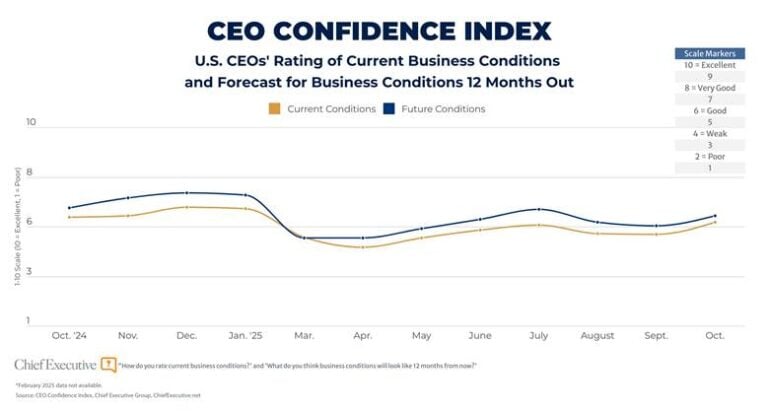
Korn Ferry recently estimated that, globally, human capital has a value about 2.3 times that of physical capital. This difference is likely to widen in increasingly service-oriented economies. Yet, most companies maintain their equipment better than their people. The issue is not good intentions. Executives repeatedly cite employees as critical for success; we rarely hear them mention picking a software package or supplier in the same way. But C-suite attention and rigorous processes are typically in place for software and supplier selection, not for core staff activities. At a minimum, you have three levers for managing human capital with the same rigor as other assets:
1. Business reviews are crucial in setting priorities and focusing attention on what “really” counts. Without explicit attention to the skills and behaviors required in a changing market, development of people is hit-or-miss or treated as an abstract set of competencies.
By contrast, when one of the authors led Merck’s Hospital and Specialty Care area, human resource reviews were integrated into business operating reviews, with the same amount of time allocated to both, and a few things happened. Employees understood the value that leadership placed on them. Conversely, when either a business or employee was struggling, a number of turnarounds took place, but if results did not materialize, tough decisions were more clearly made about divesting businesses or changing key people. Perhaps most importantly, an artificial separation between “the people” and “the business” was mended. Leaders were questioned about their business lines and talent, and expected to apply disciplined approaches for both inputs to performance.
2 Talent profile tools. The availability of assessment tools based on predictive analytics is increasing, while their price is decreasing. It’s important to understand the role and limits of these tools. They can aid judgments about talent but, ultimately, you are paid to execute your company’s strategy, not the skills in a generic assessment tool. But these tools can provide a common language and evidence-based dialogue among executives about talent.
“The most impact comes from involvement and follow-up actions by senior executives to ensure that people apply and practice the relevant skills and behaviors.”
For one company that uses an assessment quarterly to analyze staffing, succession planning and development plans, the tool is a means for gathering feedback and skills ratings that rest on more than an individual manager’s judgment. Further, the process itself makes senior executives more aware of the activities required to establish true “high potentials,” rather than simply the top 20% of available talent. The resulting gap analysis often is the most important part.
3. Involvement in training & development. Research indicates that the greatest impact from training often has more to do with who is in training sessions. The most impact comes from involvement and follow-up actions by senior executives to ensure that people apply and practice the relevant skills and behaviors.
Senior and mid-level employees participate in Boeing Institute leadership training taught by Boeing executives at least twice per year. Consider the value of this approach. Informal peer pressure motivates each “professor” to prepare, and those executives are regularly regrounded in the current realities of the business with a cross-functional group of employees. Conversely, the participants hear and learn from those who are or will be their supervisors—a bigger motivator in adult learning than grades or certificates—and they are socialized to “pass it on” and be Institute teachers as their careers advance. This combination encourages task-relevant dialogue, often with specific action implications for a business, function, or project.
Senior executives establish the foundational conditions for talent development by using business processes to manage human capital as rigorously as other assets. Strong leaders allocate their scarcest resources—time and attention—to this process.



0

1:00 - 5:00 pm
Over 70% of Executives Surveyed Agree: Many Strategic Planning Efforts Lack Systematic Approach Tips for Enhancing Your Strategic Planning Process
Executives expressed frustration with their current strategic planning process. Issues include:
Steve Rutan and Denise Harrison have put together an afternoon workshop that will provide the tools you need to address these concerns. They have worked with hundreds of executives to develop a systematic approach that will enable your team to make better decisions during strategic planning. Steve and Denise will walk you through exercises for prioritizing your lists and steps that will reset and reinvigorate your process. This will be a hands-on workshop that will enable you to think about your business as you use the tools that are being presented. If you are ready for a Strategic Planning tune-up, select this workshop in your registration form. The additional fee of $695 will be added to your total.

2:00 - 5:00 pm
Female leaders face the same issues all leaders do, but they often face additional challenges too. In this peer session, we will facilitate a discussion of best practices and how to overcome common barriers to help women leaders be more effective within and outside their organizations.
Limited space available.

10:30 - 5:00 pm
General’s Retreat at Hermitage Golf Course
Sponsored by UBS
General’s Retreat, built in 1986 with architect Gary Roger Baird, has been voted the “Best Golf Course in Nashville” and is a “must play” when visiting the Nashville, Tennessee area. With the beautiful setting along the Cumberland River, golfers of all capabilities will thoroughly enjoy the golf, scenery and hospitality.
The golf outing fee includes transportation to and from the hotel, greens/cart fees, use of practice facilities, and boxed lunch. The bus will leave the hotel at 10:30 am for a noon shotgun start and return to the hotel after the cocktail reception following the completion of the round.